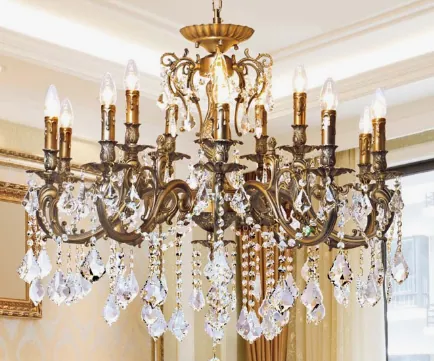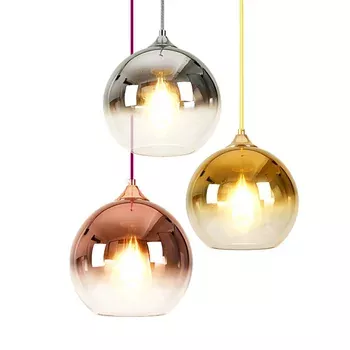
1.Chandeliers Have A Rich History:
Chandeliers light can trace their history back to medieval Europe when they first served as candleholders to illuminate large rooms such as castles or churches.
2.Evolution of Design Over the years,
chandelier light designs have progressed from simple wooden structures that hold candles to elaborate decorations adorned with crystals, glass beads or metal embellishments.
3.Chandeliers Come in Many Styles:
Chandeliers come in an array of styles that suit different interior design preferences, from traditional and modern chandeliers, through transitional, rustic and contemporary chandeliers.
4.Materials of chandelier light:
Chandeliers can be constructed from various materials such as brass, bronze, wrought iron, crystal glass or acrylic. Your choice of material can greatly impact its style and overall look of a chandelier.

5.Chandeliers Offer Ambient and Task Lighting,
Illuminating Rooms While Also Acting As Decor Elements
They can also come equipped with dimmers or adjustable arms to regulate light output levels and add decorative flair.
6.Sizing Considerations:
When it comes to selecting a chandelier light for a specific space, size matters greatly. Take into account factors like ceiling height, room size and visual impact as you make your decision so as to select an appropriately proportional chandelier.
7.Installation of light:
Installing a chandelier involves mounting its heavy fixture to the ceiling, possibly with additional support such as reinforced ceiling boxes or bracing, depending on its complexity and safety concerns. Professional installation services may be recommended due to these considerations.

These seven points address various aspects of chandelier lights, including their historical background, design evolution, styles, materials, functionality considerations and installation requirements.

